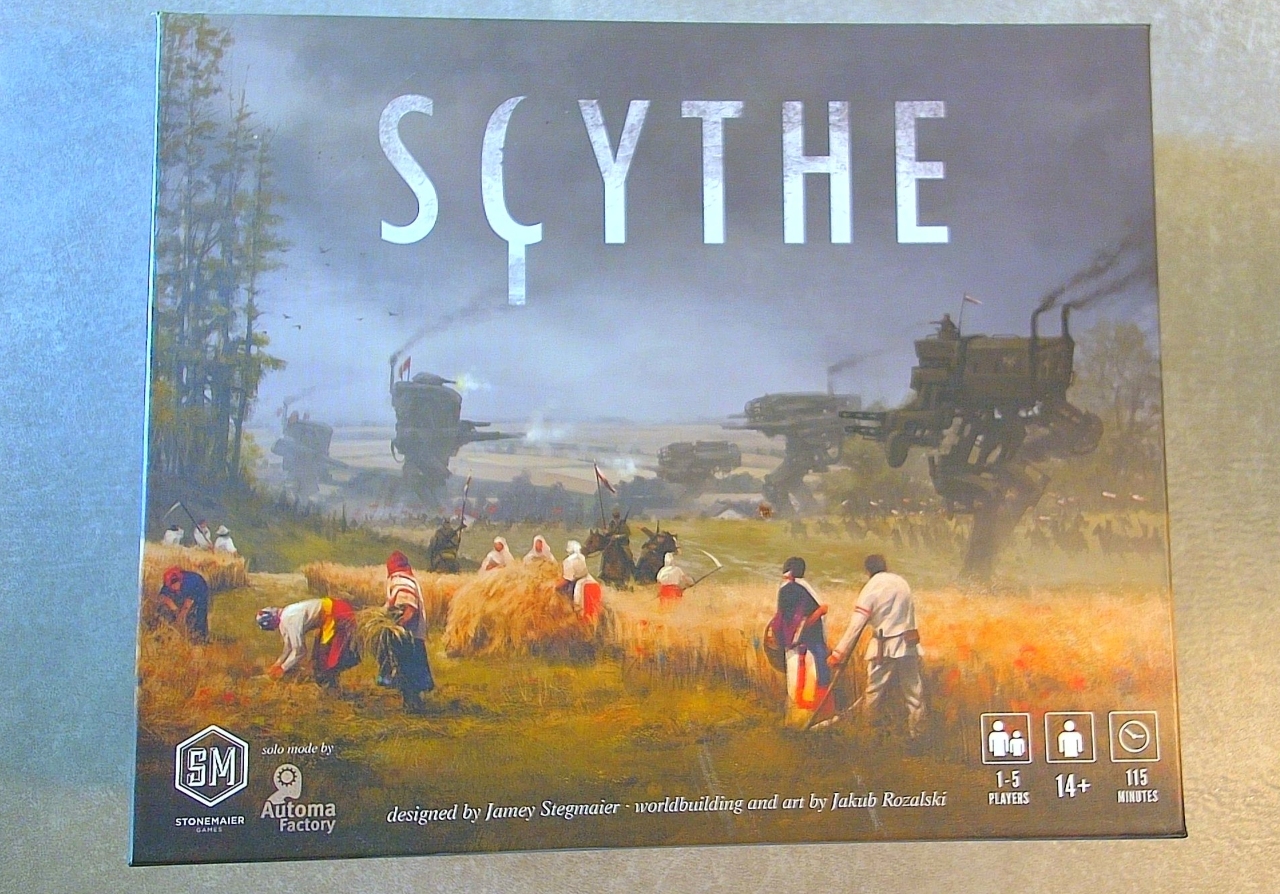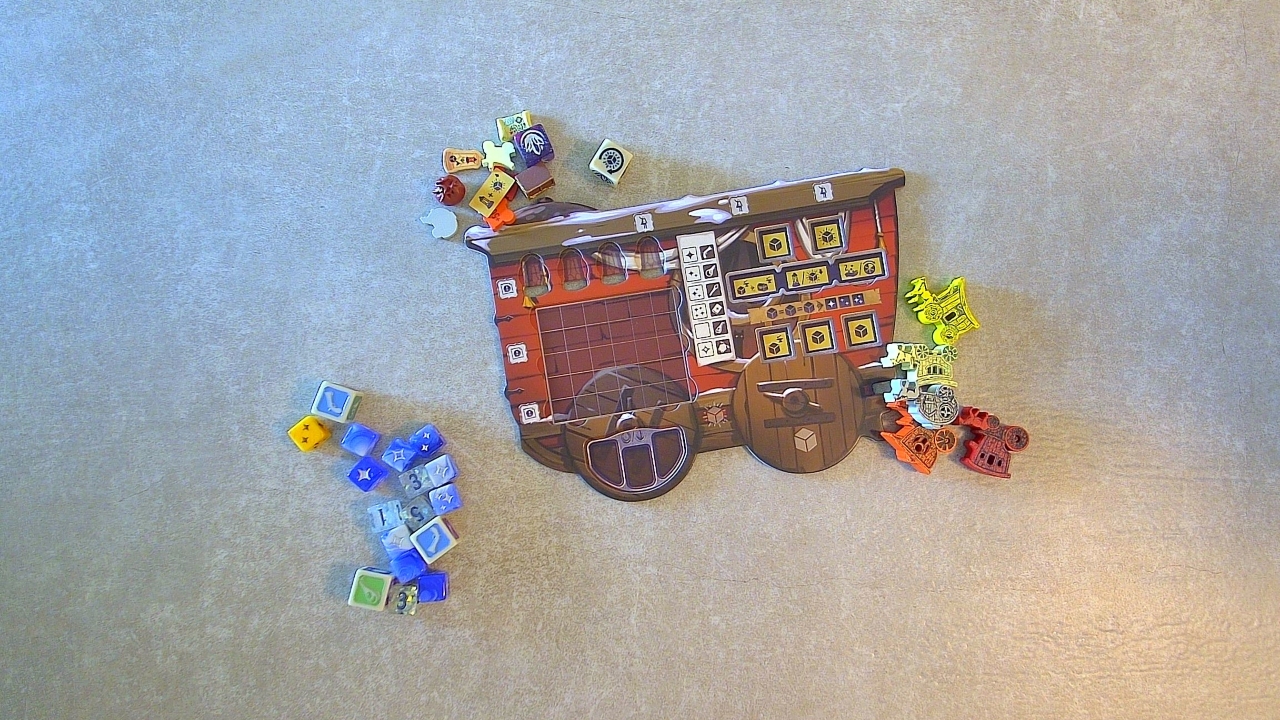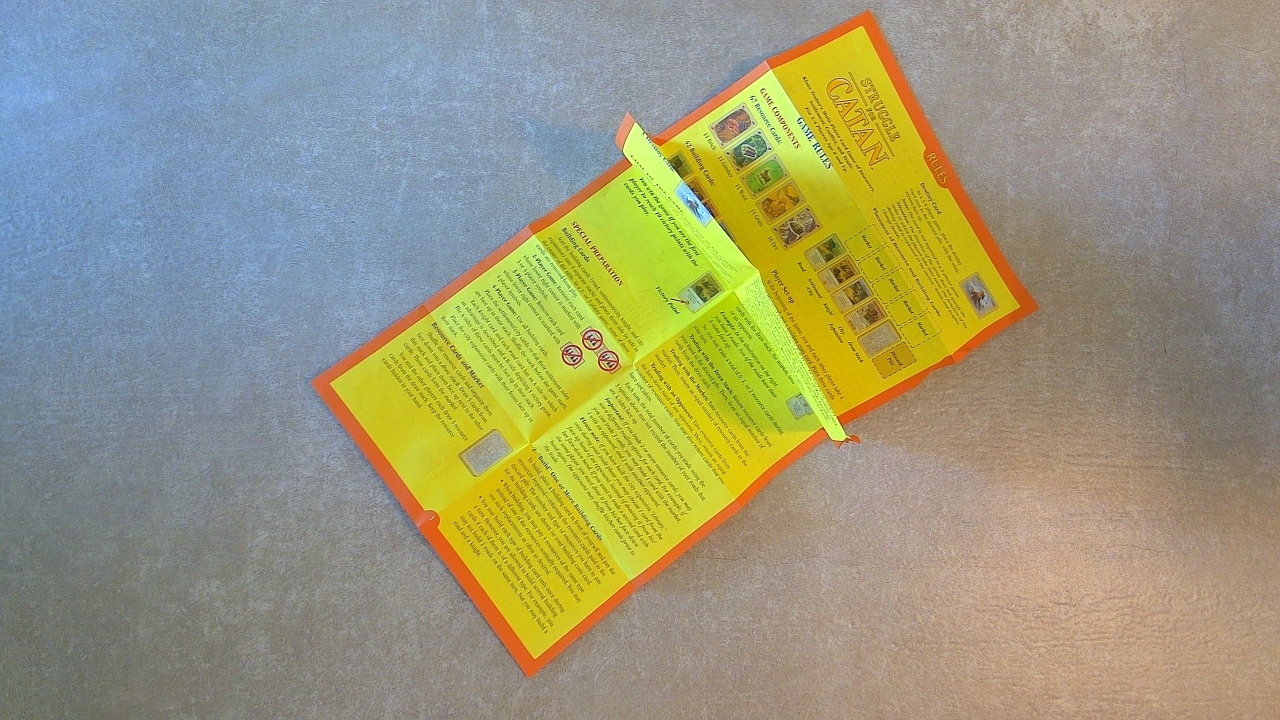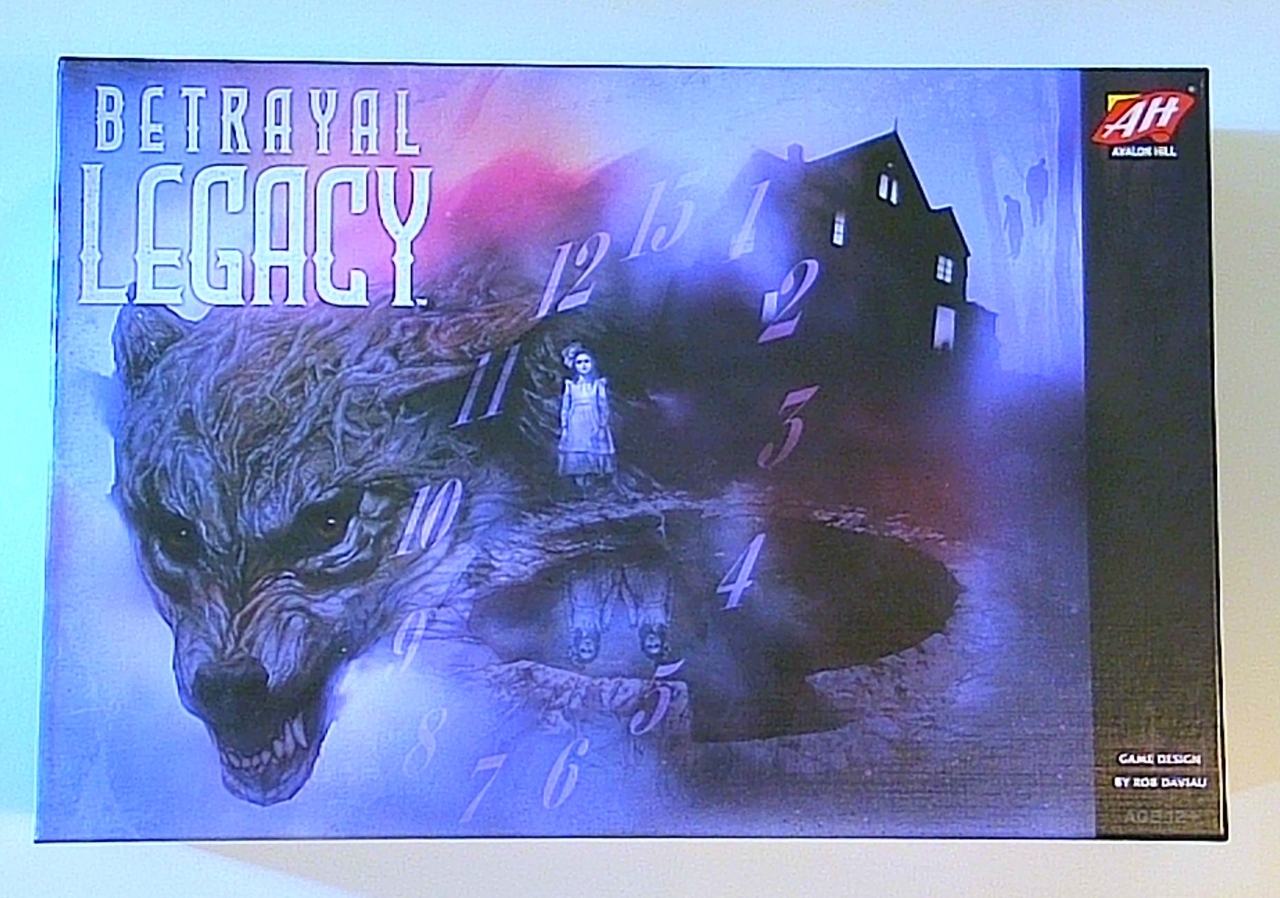An old copy of Uncle Wiggily (1916) on the side of the road got me thinking.
Board games have been a cherished source of entertainment for generations, bringing people together, fostering social interaction, and igniting the flames of friendly competition. Over the past 100 years, the world of board game design has witnessed a remarkable evolution, with ingenious innovations and creative advancements that have revolutionized the way we play. In this article, we will explore the exciting improvements in board game design that have taken place in recent decades, shaping the landscape of modern tabletop gaming.
Broadening Themes and Immersive Experiences
One of the most notable improvements in board game design is the significant expansion of themes and immersive experiences. Gone are the days of relying solely on the roll-and-move mechanic. Modern board games now encompass a vast range of captivating themes, from historical events and fantasy realms to science fiction adventures and cooperative quests. This shift has allowed players to engage more deeply with the game’s narrative, connecting them emotionally to the gameplay and fostering a sense of immersion like never before.

Enhanced Component Quality and Artwork
Gone are the days of flimsy cardboard and simplistic illustrations. Today, board games are crafted with meticulous attention to detail, featuring high-quality components and breathtaking artwork. The advancements in printing technology have allowed designers to create visually stunning games that transport players into vibrant worlds filled with intricate illustrations and detailed miniatures. From the tactile pleasure of handling beautifully sculpted pieces to the awe-inspiring visuals that adorn the game boards, modern board games have become works of art in their own right.

Improved Gameplay and Accessibility
While many people focus on the visual aspects of accessibility for players faced with disabilities, a bigger issue that afflicts all players (especially those who can’t see a rulebook or other components) is excessively complex rule sets. I remember the rulebooks of my biological father’s games: huge tomes of detail. Long gone are the convoluted rulebooks that required hours of study before gameplay could commence. Board game designers have focused on creating streamlined rules and intuitive gameplay mechanics, ensuring that players can dive into the action quickly and easily. Whether it’s the clever use of iconography, player aids, or step-by-step tutorials, the goal is to minimize barriers to entry and make the gaming experience more accessible to all. These improvements have opened the door to new players, inviting them to explore the world of board gaming with confidence and enthusiasm.

Cooperative and Narrative-Driven Gameplay
The rise of cooperative and narrative-driven gameplay has been a game-changer in board game design. Rather than pitting players against each other, many modern board games encourage collaboration, teamwork, and shared victories. Players must work together, pooling their skills and resources to overcome challenges and achieve common objectives. Furthermore, narrative-driven games offer immersive storytelling experiences, where players become characters in an evolving plot, making impactful decisions that shape the outcome of the game. These innovations have fostered a deeper sense of engagement and camaraderie among players, transforming board gaming into a truly shared adventure.

Integration of Technology
Advancements in technology have also found their way into board game design, enhancing the overall gaming experience. From smartphone apps that act as rulebooks or score trackers to digital companions that provide ambient sound effects and atmospheric music, technology has seamlessly integrated into the world of tabletop gaming. In the present (and perhaps increasingly in the future), innovative use of augmented reality (AR) and virtual reality (VR) has brought entirely new dimensions to certain board games, blurring the lines between the physical and digital realms and creating unique and unforgettable experiences for players.

What next?
It’s worth noting that all of the innovations above involved far more than just a few new game mechanisms. Not to denigrate mechanisms. My point is that game design constitutes only a small part of what makes modern games great.
And continuing the revolution will require more than just a few new mechanisms. Here are a few examples of innovations that I’d love to see:
- Commercial innovations, such as methods for players to create and profit from content that further deepens the game’s world, as they do with RPGs.
- Technical innovations, such as apps that integrate AI to replace automa, or that synthesize truly novel, custom video on-the-fly as a complement to what’s happening on the board.
- Social innovations, such as MOOC-like tabletop games played by hundreds or thousands of players (such as an entire convention hall).
- Manufacturing innovations, such as vertically integrated manufacturing-marketing-and-fulfillment stacks fully located in America (and, in parallel, in Europe), that provide a cost-effective turnkey platform for a new generation of publishers.
Notes to self
Could I conceivably move any of those innovations forward?
- Player-generated content
- How to generate enough player interest to stimulate player-generated content?
- Start with the best of what world-builders have to teach us?
- Immerse the players in a world so rich that they want to add detail?
- AI integration
- I’m tired of writing software. But I could keep my eyes out for technology capable of generating video.
- MOOC-level scaling
- Dungeon Maker Deluxe illustrates a path for essentially unlimited scalability, without degenerating into simultaneous solitaire (e.g., Rolling Realms) — for the most part.
- How to carry that idea forward to provide even more player interaction at even greater scale?
- Onshore vertical integration
- I wouldn’t want to capitalize a manufacturing stack.
- What is TGC missing most? A serious marketing platform. Where could it acquire such a platform? What would stimulate it to do so?
- TGC also struggles with timely manufacturing. A unit focused on forecasting, inventory and logistics would help a great deal.
